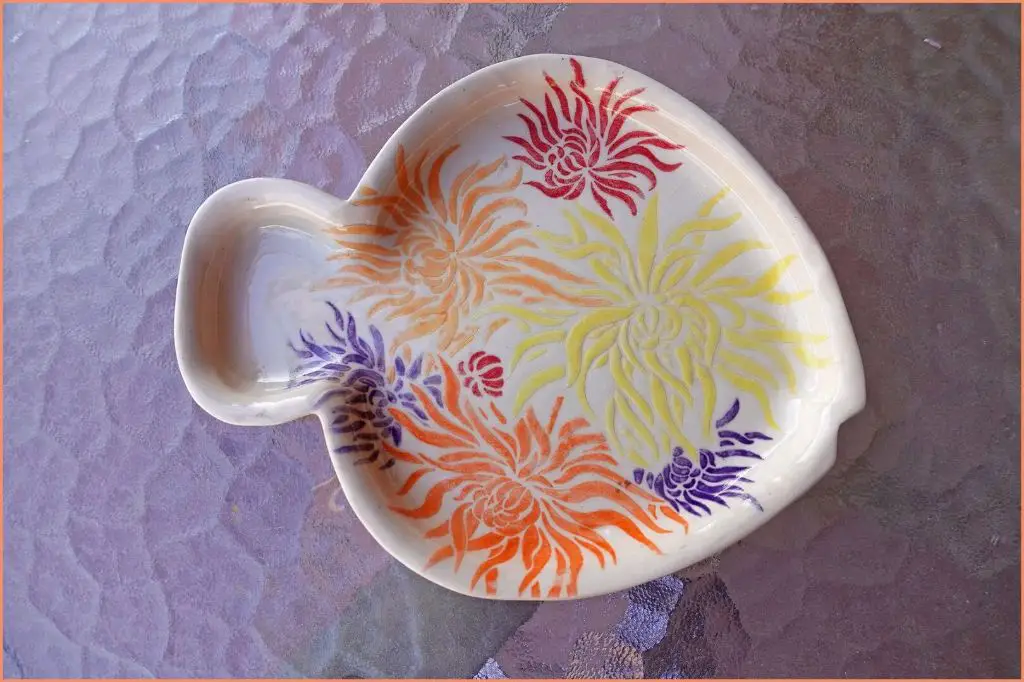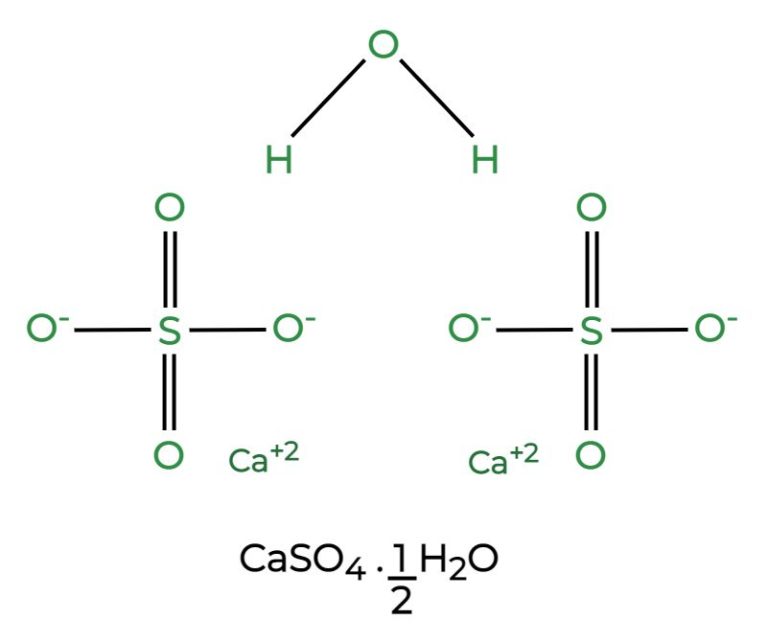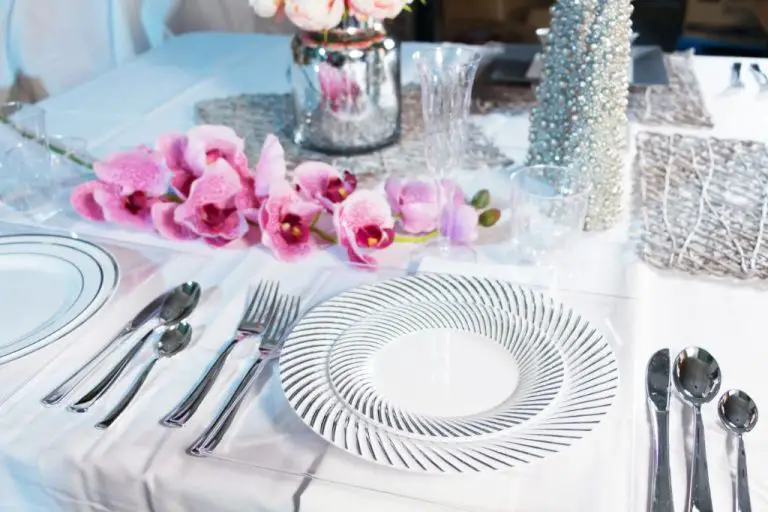Is It Better To Put Underglaze On Greenware Or Bisque?
Underglaze is a ceramic decoration that is applied to pottery before it is glazed and fired. It is made from mineral pigments suspended in a flux base and comes in a variety of colors. Underglaze can be painted on greenware, which is unfired pottery, or on bisqueware, which has been fired once at a low temperature.
There is an ongoing debate among ceramicists about whether it is better to apply underglaze to greenware or bisque. On greenware, the clay body is relatively soft and porous allowing the underglaze to soak in and bond well. However, there is a risk of the underglaze flaking or peeling off during drying or firing. On bisque, the clay body is harder and less porous. This prevents underglaze from penetrating the surface, but can make it sit on top and potentially scratch or flake off.
In this article, we will examine the pros and cons of underglazing greenware versus bisque. We will look at application methods, firing considerations, aesthetic differences, and costs. With the information provided, ceramicists can decide when it is optimal to underglaze based on their specific project goals and preferences.
Pros of Underglaze on Greenware
Applying underglaze to greenware (unfired clay) has some advantages over applying it to bisqueware (once-fired clay). The main pro is that greenware has a softer, more porous surface that allows the underglaze to sink into the clay better than on bisqueware. This makes it less likely to flake or scratch off [1]. The softer surface also allows for more control over the designs. On bisqueware, the paint sits on top of the hardened surface, meaning it can be more difficult to get crisp lines or details [2]. With the paint absorbing better into the greenware, it allows for finer brushwork and overall better adherence.
Cons of Underglaze on Greenware
When applying underglaze to unfired greenware, there are a couple potential drawbacks to be aware of:
Greenware needs to be fully dried before bisque firing to prevent cracking. Underglaze contains clay and water which can increase drying time. Pieces must dry thoroughly to avoid cracks or even explosions in the kiln if moisture remains inside (https://potterycrafters.com/applying-underglaze-on-greenware-vs-bisqueware/). Rushing the drying process risks problem firings.
Underglaze on greenware also has the potential to smear if the piece is not completely dry before handling. The surface needs time to set so the design does not smudge or transfer when touched. Moving or packing pieces too soon may ruin the decoration (https://www.reddit.com/r/Pottery/comments/l3rq22/applying_underglaze_on_greenware_or_on_bisque/).
Allowing adequate drying time eliminates these risks when using underglaze on unfired clay. Patience makes for successful results.
Pros of Underglaze on Bisque
Applying underglaze to bisqueware has some key advantages over applying it to greenware. The main benefit is that the harder bisque surface allows for much finer details and control when painting (source). The porous nature of greenware can cause brushes to catch and smear the underglaze. But on bisque, the colors apply smoothly without dragging. This makes it easier to create intricate designs, fine lines, and subtle blends.

Another pro is that there is no risk of underglaze smudging or sticking on bisque, since the clay has already been fired once (source). Greenware’s moisture can lead to fingerprints or blurred edges. Bisque’s harder surface keeps the underglaze exactly where the artist intends. So the finished results will match the vision more accurately when painting on bisque vs greenware.
Cons of Underglaze on Bisque
One of the main drawbacks of applying underglaze to bisqueware is that the bisque surface does not absorb the underglaze as readily as greenware. This can make it more challenging for the colors to adhere properly. According to one Reddit user, underglaze applied to bisque is “more likely to flake or scratch off” compared to underglaze on greenware (source).
The bisque firing process partially fuses the clay body, making it less porous. This fused surface does not allow the underglaze to soak in and bond as effectively. As a result, the underglaze is more prone to chipping or peeling off the bisque during handling or firing. Proper surface preparation and firing schedule can help improve adhesion, but in general underglaze tends to stick better to the more absorbent greenware surface.
Application Tips
When applying underglaze, it is recommended to use multiple thin layers rather than one thick layer [1]. Letting each thin layer dry fully before adding the next layer allows for better adhesion and prevents the underglaze from running or pooling [2]. Using a soft brush also helps prevent brush strokes and uneven coverage. Dip the soft brush in the underglaze and gently brush back and forth using light pressure. Build up the color intensity gradually with 2-3 thin layers.
Firing Considerations
When firing underglazed pieces, it’s important to follow the manufacturer’s instructions for the recommended firing temperature and schedule. Underglazes are formulated to mature and develop their colors at specific temperature ranges. Firing underglazed pieces too low can result in dull or washed-out colors, while firing too high can cause colors to burn out or become muddy.https://potterycrafters.com/how-to-use-underglaze/
It’s also a good idea to use kiln posts or stilts to support underglazed pieces during firing. The underglaze coating is porous and prone to sticking to kiln shelves if fired without support. Using stilts raises the piece off the shelf and prevents sticking. Be sure to place stilts so they don’t mark the decoration area. Allow pieces to cool completely before removing from stilts to prevent spalling or cracking.
Aesthetic Differences
There are some key differences in the finished aesthetic when using underglaze on greenware versus bisque. According to this article, underglaze often appears more vibrant and saturated on greenware. The porous surface of the unfired clay allows the underglaze to soak in and create a rich, deep color.
On bisque, the colors may appear slightly more muted and subtle. However, the hard bisque surface allows for greater precision and more detailed underglazing work. According to comments on this Reddit thread, underglaze often cracks and flakes off easier when applied directly to greenware. The bisque surface is better for intricate brushwork, linework, and details.
In terms of creative freedom, either greenware or bisque can allow for stunning results. It depends on the specific project and the look the artist is going for. For saturated, bleeding colors that blend softly, underglazing on greenware may provide more options. For precise details and crisp lines, bisque has the advantage. With proper planning and technique, beautiful ceramic pieces can be achieved with underglaze on both types of clay surfaces.
Cost Analysis
When considering the cost differences between applying underglaze to greenware vs bisque, there are a few factors to take into account:
Applying underglaze to greenware requires an additional firing step before glazing and final firing. This extra firing can add cost in terms of energy use, kiln time, and labor. However, some potters find the extra step worth it for the smoother underglaze appearance on greenware [1].
Applying underglaze to bisque can potentially lead to more waste if the underglaze flakes or gets scratched off while handling the bisque pieces. Flakes or scratches will need to be touched up before glazing and firing. However, skipping the extra firing step can save on operational costs. According to one source, each firing step can add $5 or more to the overall production cost [2].
The cost difference depends on the individual potter’s process and preferences. Testing both methods to compare time investment, quality of results, and operational costs can help determine which approach is more cost-effective overall.
Conclusion
When looking at the pros and cons, it’s clear that there are benefits to applying underglaze to both greenware and bisque. Greenware allows the underglaze to sink in deeper and appear more vibrant after firing, but can also cause problems like undercutting if applied too thickly. Bisque provides an ideal paintable surface and helps prevent undercutting, but some of the underglaze’s vibrancy is lost and it can potentially flake off if not applied properly.
Overall, for most ceramics work, it’s recommended to apply underglaze onto bisque rather than greenware. The bisque’s slightly porous surface gives the perfect amount of tooth for the underglaze to grip evenly. This prevents flakes and skips in coverage. The pre-fired bisque also minimizes issues like pinholes and undercutting that can happen when applying to unfired clay. While the color may be slightly more muted on bisque, proper application techniques can maximize vibrancy. As long as the bisque is free of debris, smoothed down if needed, and the underglaze is applied in thin, even layers, you can achieve beautiful, consistent results.



